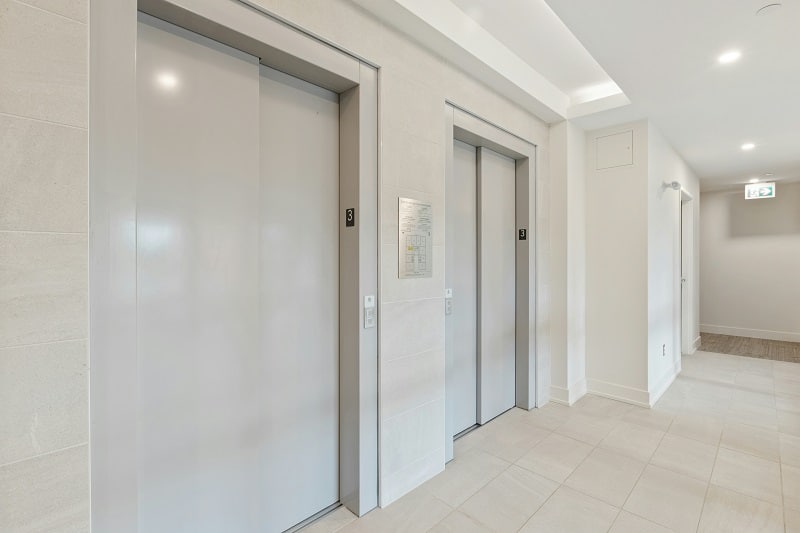For many, the idea of a personal elevator conjures images of sprawling mansions and extravagant luxury. While they certainly add a touch of elegance, modern residential elevators have evolved to become a practical and increasingly popular solution for a wide range of homeowners. From ensuring seamless accessibility for aging family members to providing everyday convenience, a home elevator is an investment in both your property’s value and your quality of life.
If you’ve ever struggled to carry heavy laundry up a flight of stairs, worried about an older relative navigating your multi-story home, or simply want to “future-proof” your residence, then it’s time to explore the world of residential elevators. This guide will walk you through the key benefits, different types available, and important considerations to help you decide if this sophisticated and functional addition is the right choice for you.
More Than a Luxury: The Practical Benefits of a Home Elevator
While the “wow” factor of a personal elevator is undeniable, the practical advantages are what truly drive their growing popularity.
- Enhanced Accessibility and Aging in Place: For individuals with mobility challenges, stairs can be a significant barrier. A residential elevator ensures that every level of your home is accessible to everyone, promoting independence and allowing homeowners to comfortably and safely age in place.
- Increased Property Value: A home elevator is a significant upgrade that can substantially increase your property’s market value. It’s a feature that appeals to a broad range of potential buyers, from those with accessibility needs to those seeking a touch of modern convenience.
- Safety and Convenience: Say goodbye to the risks of slips and falls on stairs. A home elevator provides a safe and effortless way to move between floors, whether you’re carrying a sleeping child, heavy groceries, or bulky luggage.
- Space-Saving Solutions: You might be surprised to learn that many modern residential elevators have a remarkably small footprint. Innovative designs, such as shaftless or pneumatic models, can be integrated into existing homes without requiring major structural changes.
Finding the Perfect Fit: Types of Residential Elevators
The technology behind home elevators has advanced significantly, offering a variety of systems to suit different needs, budgets, and home layouts.
- Hydraulic Elevators: These are one of the most common types of residential elevators, known for their smooth, quiet ride. They operate using a hydraulic pump that pushes fluid into a cylinder to raise and lower the elevator car.
- Best For: Homeowners who prioritize a quiet and smooth operation and have the space for a small machine room.
- Traction Elevators: Similar to what you’d find in a commercial building, but scaled down for home use, traction elevators use a system of counterweights and cables to move the elevator car. Modern machine-room-less (MRL) designs have made them more compact and suitable for residential settings.
- Best For: Homes with multiple stories, as they can typically travel greater distances and at higher speeds than hydraulic models.
- Pneumatic (Vacuum) Elevators: These futuristic-looking elevators are a marvel of engineering. They operate on air pressure, with turbines at the top of the hoistway creating a vacuum that lifts the car.
- Best For: Existing homes where space is a major constraint. They are self-contained, require no pit or machine room, and their transparent, panoramic design can be a stunning architectural feature.
- Winding Drum and Counterweight Elevators: This system uses a motor to wind a cable around a drum, raising and lowering the elevator car. It’s a reliable and cost-effective option.
- Best For: Homeowners looking for a more budget-friendly option without the need for a separate machine room.
Key Considerations Before You Install
Installing a residential elevator is a significant project, and there are several factors to consider before you begin.
- Space Requirements: While modern elevators are more compact, you’ll still need to dedicate a certain amount of space. A professional installer can conduct a site survey to determine the best location and type of elevator for your home’s layout.
- Installation Process: The installation process can vary depending on the type of elevator and whether it’s being installed in a new construction or retrofitted into an existing home. The process typically involves a site visit, design finalization, site preparation, installation, and final inspection.
- Cost: The cost of a residential elevator can vary widely depending on the type, number of floors it will serve, and the level of customization. While it is a significant investment, it’s important to weigh the upfront cost against the long-term benefits of accessibility, safety, and increased property value.
- Maintenance: Like any mechanical system, a residential elevator requires regular maintenance to ensure its safe and reliable operation. This typically involves an annual inspection by a qualified technician to check safety features, lubricate moving parts, and ensure everything is in proper working order.
The Takeaway
A residential elevator is no longer just a symbol of luxury; it’s a smart and practical investment in your home and your lifestyle. By providing unparalleled convenience, ensuring accessibility for all, and adding significant value to your property, a home elevator can truly elevate the way you live. If you’re looking for a way to make your multi-story home more comfortable, safe, and future-proof, it may be time to consider taking your home to the next level.

